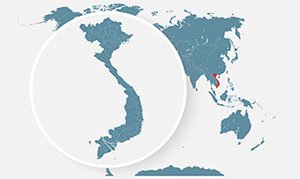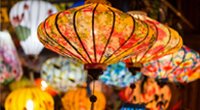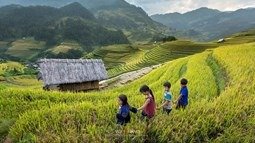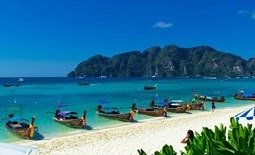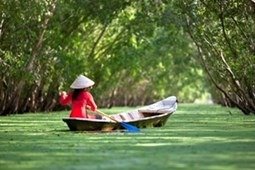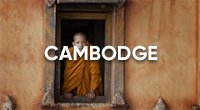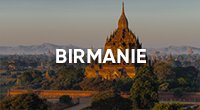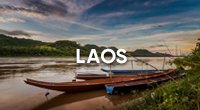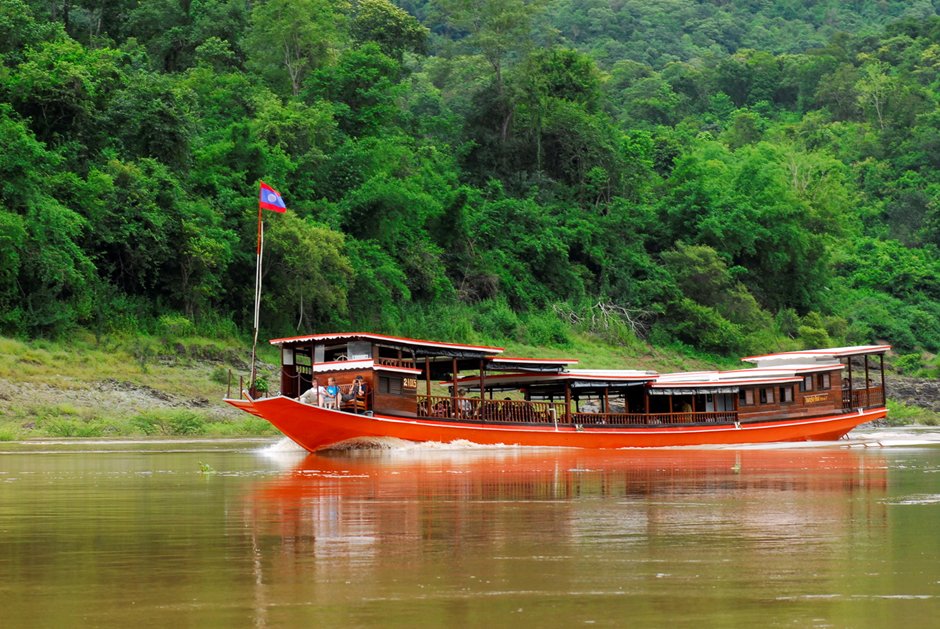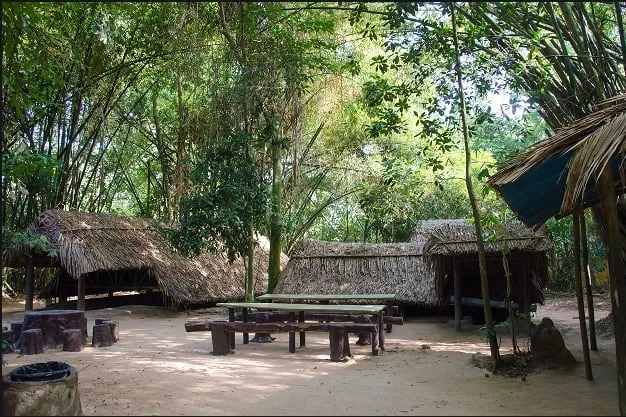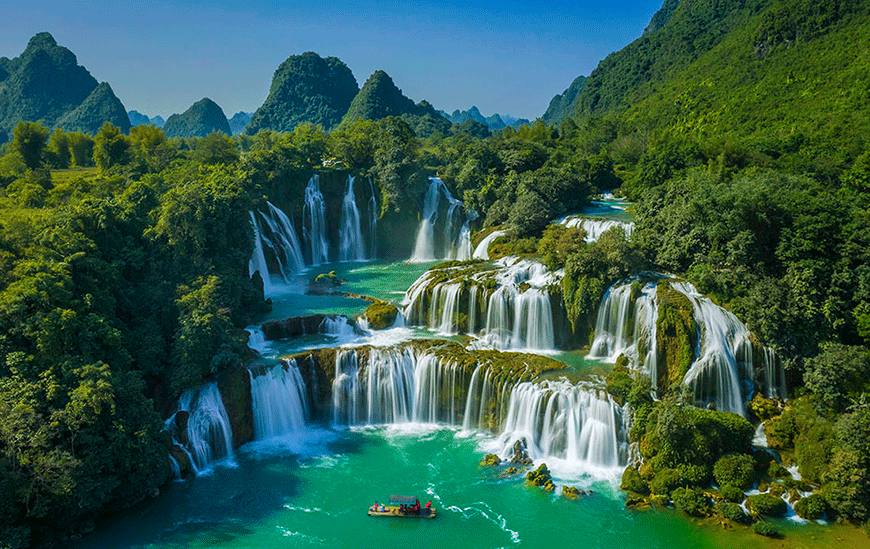Contents
ToggleWhere Is Bokeo Located?
Bokeo is a mountainous province in northwestern Laos, bordered by Thailand to the south and China to the north. The Mekong River forms a natural boundary with Thailand’s Chiang Rai Province.
Originally part of Luang Prabang Province, Bokeo became a separate province in 1983. Its name, which means “jade mine” in Lao, reflects the area’s rich natural resources. But Bokeo’s real treasures are its untouched landscapes, ethnic diversity, and authentic rural
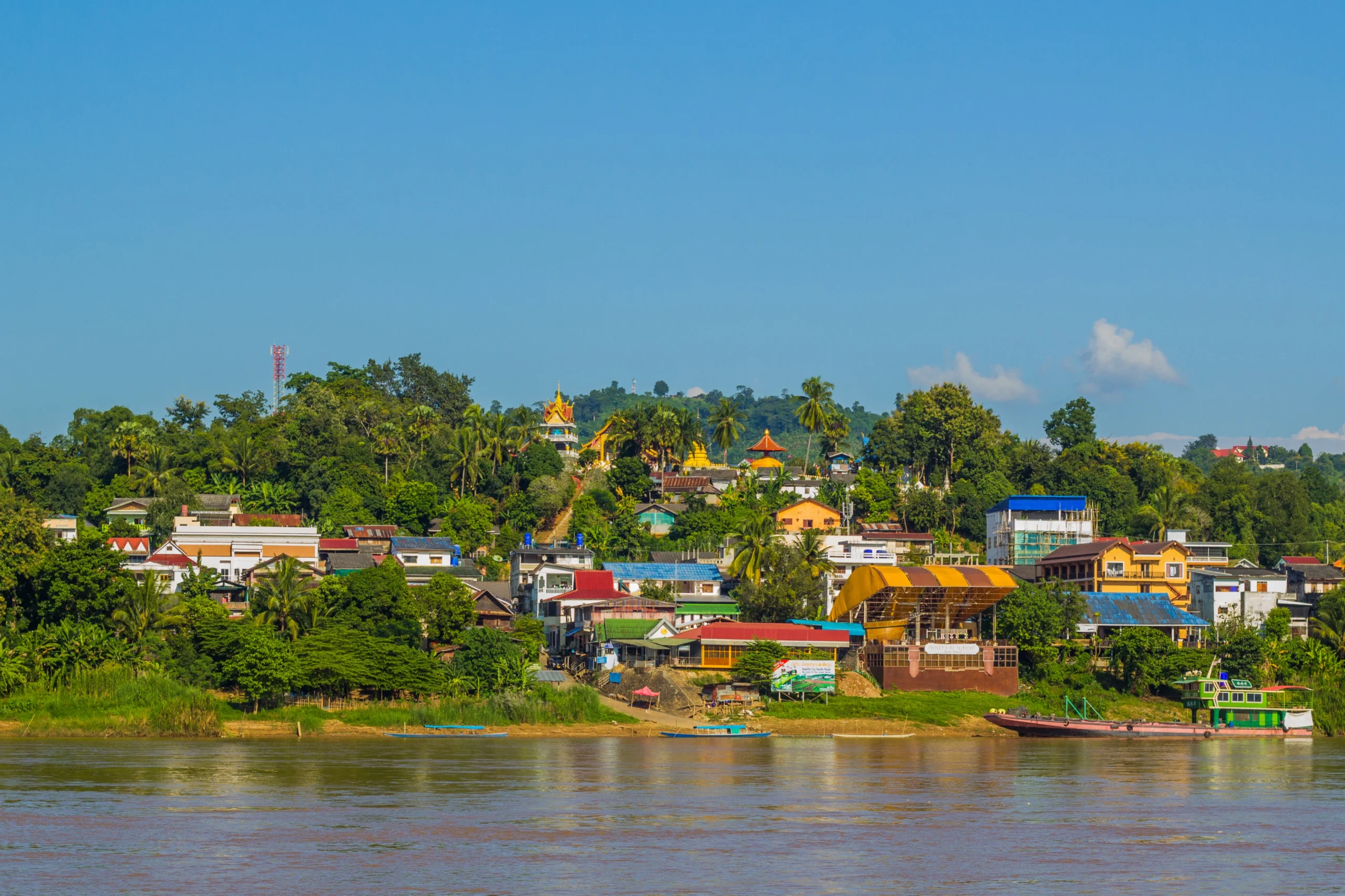
Why Visit Bokeo?
Travelers don’t come to Bokeo for luxury resorts or bustling cities—they come for a raw, immersive experience in nature and traditional Lao life. One of the most well-preserved regions in the country, Bokeo is known for its dense rainforests, rich biodiversity, and strong cultural traditions.
The province is home to diverse ethnic communities, including the Lanten, Akha, and Hmong, and is a model for community-based ecotourism in Laos. Initiatives like the Gibbon Experience, where you sleep in jungle treehouses and zipline through the forest canopy, showcase Bokeo’s commitment to conservation and sustainable travel.
Thanks to its proximity to Luang Namtha, Bokeo also serves as an excellent gateway to exploring northern Laos’s mountain ranges, river valleys, and traditional village life.
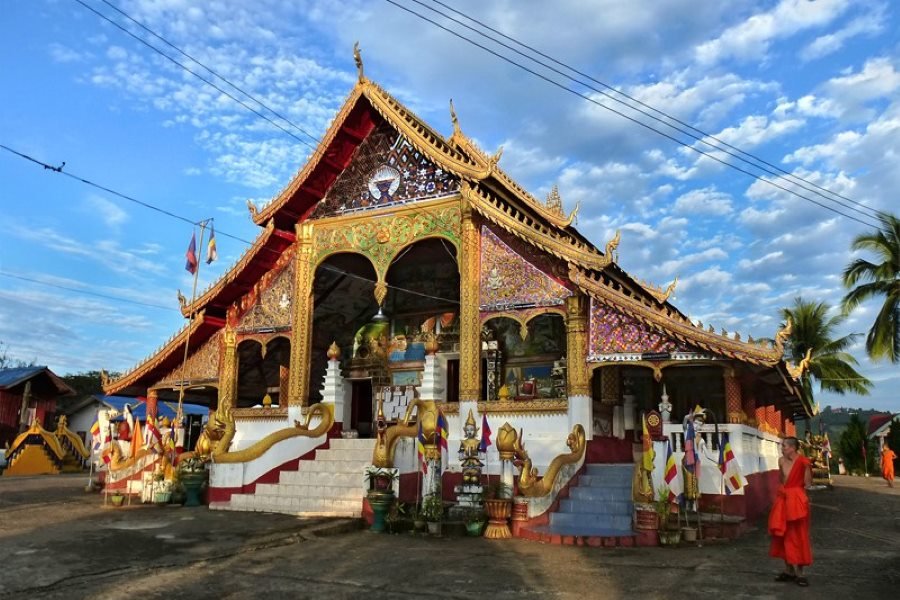
Top Places to Visit in Bokeo
🛶 Huay Xai: Gateway to Bokeo
Huay Xai (also spelled Houayxay) is the provincial capital, nestled along the Mekong River. This peaceful border town serves as a crossing point to Chiang Khong, Thailand, and is the main entryway to Bokeo Province. Though often used as a transit stop, Huay Xai offers a quiet charm, French colonial remnants, and access to one of Laos’s most unique eco-adventures: The Gibbon Experience.
🕌 What to See in Huay Xai
- Jom Khao Manilat Temple
A sacred Buddhist temple built with Chinese architectural influences. Located on a hilltop, it offers panoramic views over the Mekong and the Thai–Lao border. - Fort Carnot
A French colonial-era military fort, partially in ruins but atmospheric. It offers insight into the region’s colonial history and a scenic overlook of the town and river. - Local Markets & Riverside Walks
Explore morning and evening markets filled with fresh produce, textiles, and street food. A stroll along the Mekong promenade gives a glimpse into everyday life in northern Laos.
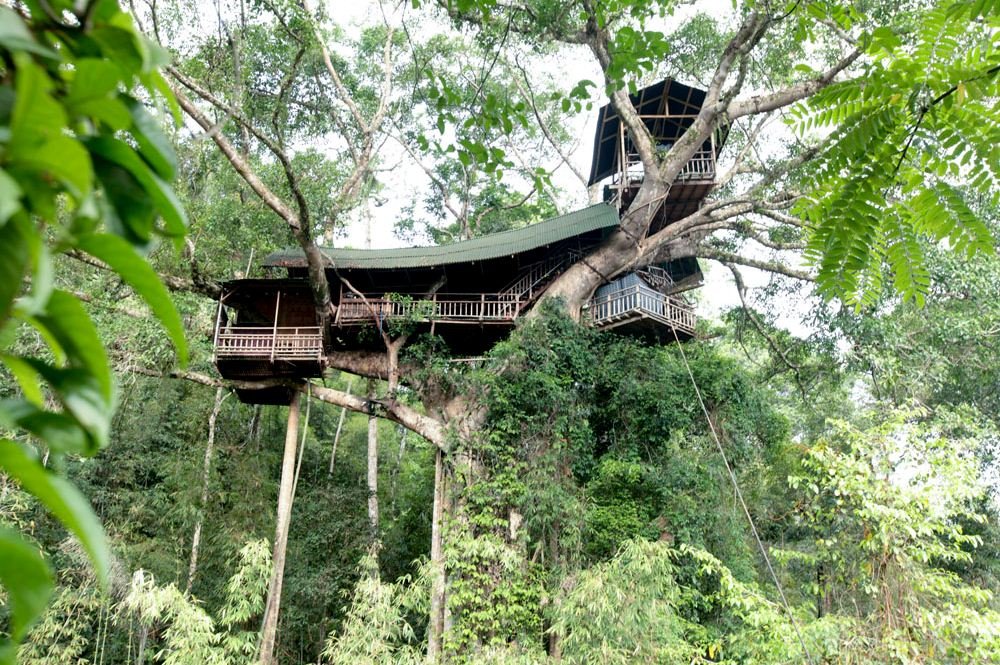
Traditional Villages in Bokeo
Exploring Bokeo’s villages is a window into Laos’s rural soul—where time slows down, and traditions thrive. These small communities offer insight into age-old crafts, community life, and sustainable living practices that have changed little over generations.
🥢 Ban Khao Pun – Noodle Makers
Known for its production of kanom jeen (fresh rice noodles), Ban Khao Pun supplies both local markets and Thai towns across the Mekong. Watch the noodle-making process, often done in wood-fired kitchens, and try freshly prepared noodles with spicy fermented fish sauce.
🥃 Ban Tom Lao – The Distillers
As the name suggests (“tom lao” means “where we brew”), this village is famed for its strong homemade rice whisky, sometimes reaching 40% alcohol. Legal in Laos (but banned from export), it’s a bold taste of local ingenuity. You may even be offered a sip if you visit!
🏠 Ban Yong Hin – Stone Stilt Houses
Home to the Tai Lue ethnic group, Ban Yong Hin is distinctive for its wooden stilt houses built on raised stone foundations. This smart construction method helps resist termites and moisture, while preserving traditional design. A walk through the village reveals quiet courtyards, weaving looms, and warm hospitality.
Visiting these villages offers more than sightseeing—it’s a genuine cultural exchange. You’ll witness time-honored skills, taste homemade delicacies, and meet people proud to preserve their way of life.
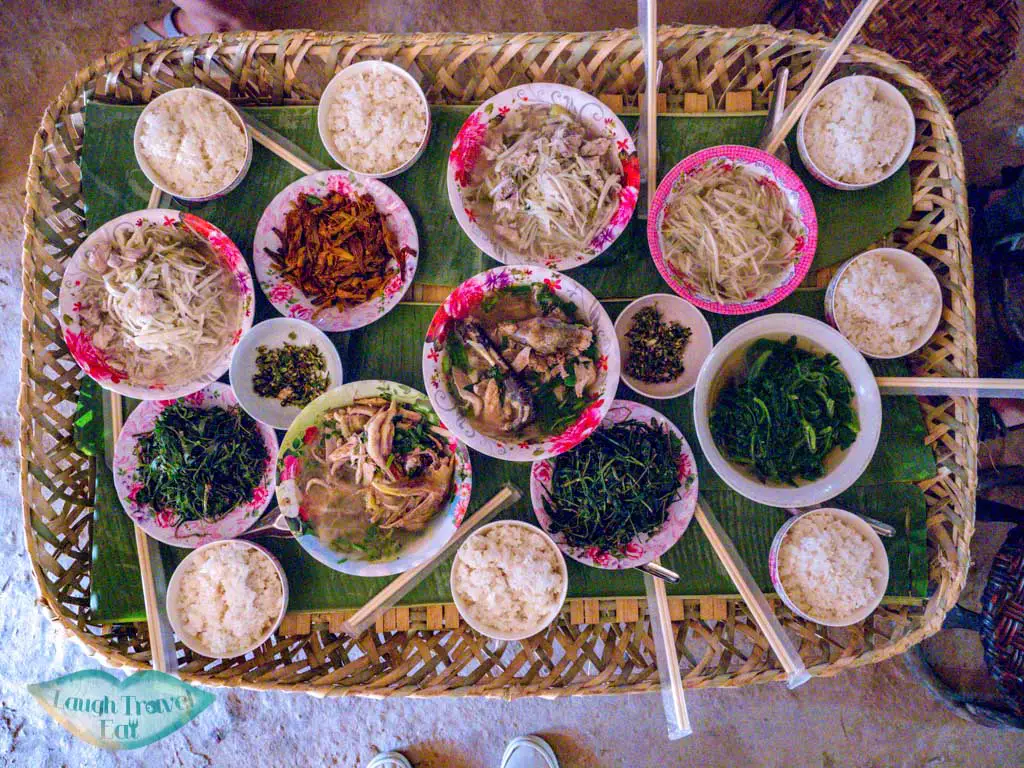
Bokeo Nature Reserve & The Gibbon Experience
🌿 Bokeo Nature Reserve: A Hidden Wilderness
Established in 2004, the Bokeo Nature Reserve spans over 123,000 hectares of untouched primary rainforest. This dense jungle protects a remarkable array of biodiversity, making it one of the most pristine conservation areas in Southeast Asia.
Wildlife highlights include:
- 🐒 Black-cheeked gibbons (reintroduced and thriving)
- 🐘 Asian elephants
- 🐅 Elusive tigers and bears
- 🦜 Colorful birds and rare butterflies
This is not a zoo or a safari—wildlife spotting depends on luck, timing, and patience. But the forest itself, with its towering trees and tangled vines, is unforgettable.
🧗 The Gibbon Experience: Sleep in the Treetops
The Gibbon Experience is Laos’s most iconic ecotourism adventure—and rightly so. It offers the chance to:
- 🌲 Sleep in treehouses suspended 30–40 meters above the forest floor
- ⚡ Zipline across jungle canopies, with thrilling routes over valleys and rivers
- 🐵 Listen to wild gibbons sing at dawn as you sip your morning coffee
More than just a thrill, the Gibbon Experience is a model of ethical travel. Your stay directly supports:
- Conservation of endangered species
- Employment for local villagers
- Protection of the rainforest ecosystem
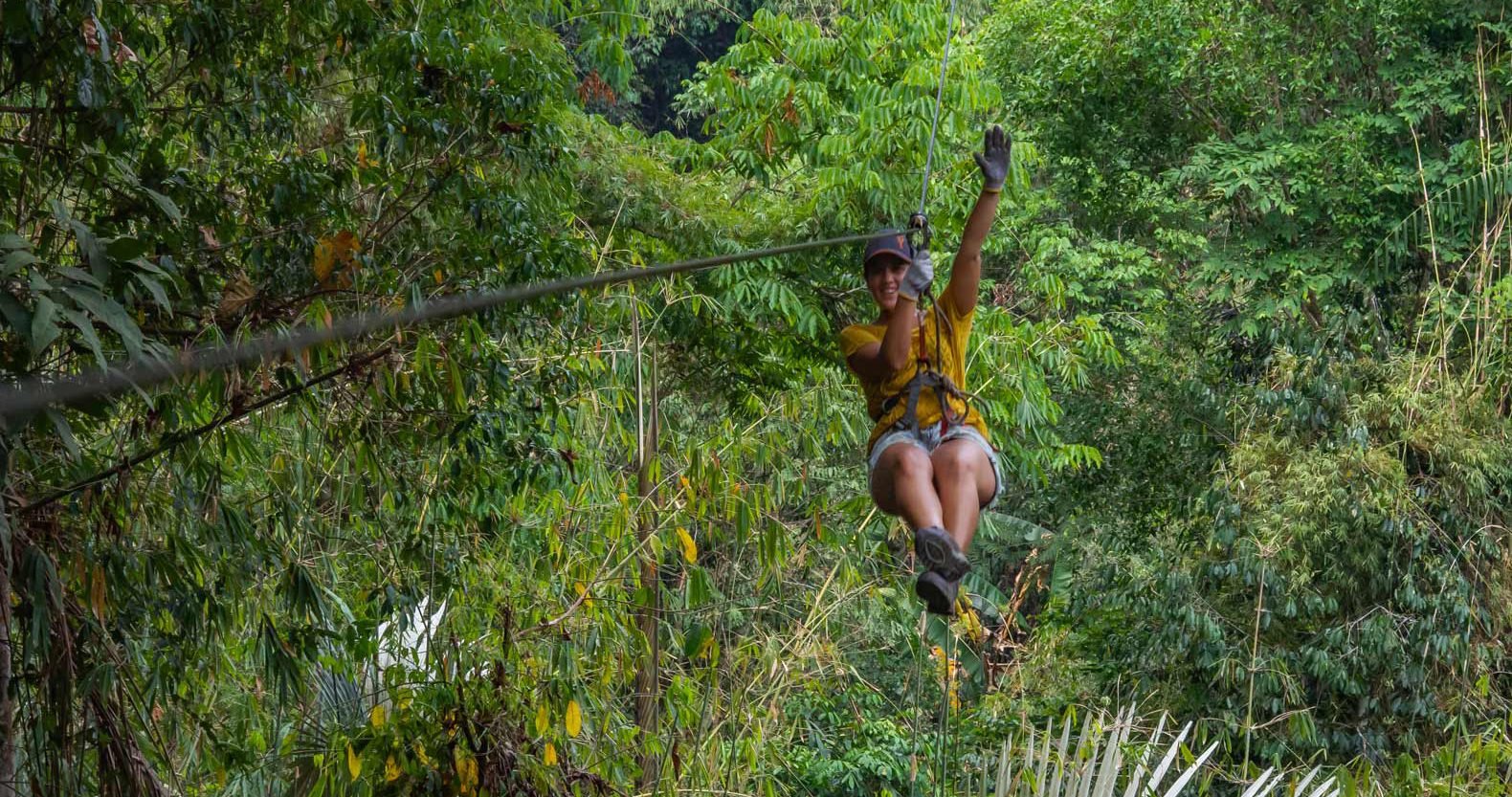
How to Get to Bokeo
✈️ From Vientiane
- Fly + Bus Combo
Take a domestic flight from Vientiane to Luang Namtha (~1 hour), then continue by bus or taxi to Bokeo (approx. 3–4 hours). - Direct Bus
A long but budget-friendly option. Buses from Vientiane to Luang Namtha take 10–12 hours, followed by a shorter ride to Bokeo. - Private Car or Van
Ideal for small groups or families. The scenic drive via Oudomxay and Luang Prabang offers flexibility and stunning countryside views.
🚌 From Luang Namtha
- Minibus or Local Bus
A popular choice for backpackers. Travel time is around 3 to 4 hours. Buses depart regularly from Luang Namtha’s main station. - Private Taxi
The fastest and most convenient way—perfect if you’re traveling with others or carrying lots of gear.
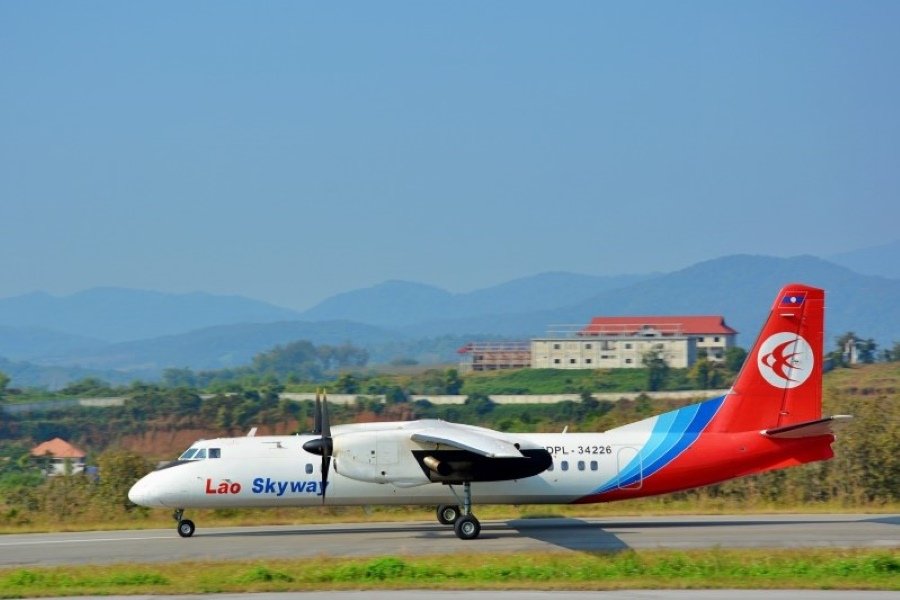
Best Time to Visit Bokeo
The ideal time to explore Bokeo is during the dry season, when weather conditions are perfect for outdoor adventures:
✅ November to April
Expect sunny skies, low humidity, and temperatures ranging from 20°C to 30°C. Perfect for trekking, ziplining, and wildlife photography.
🌸 December to February
This is the peak travel season, offering the most pleasant weather and clearer jungle views—ideal for the Gibbon Experience or village visits.
⚠️ May to October – Rainy Season
Heavy rains can make rural roads muddy and impassable, especially in mountainous areas. Access to remote villages and nature reserves may be limited.
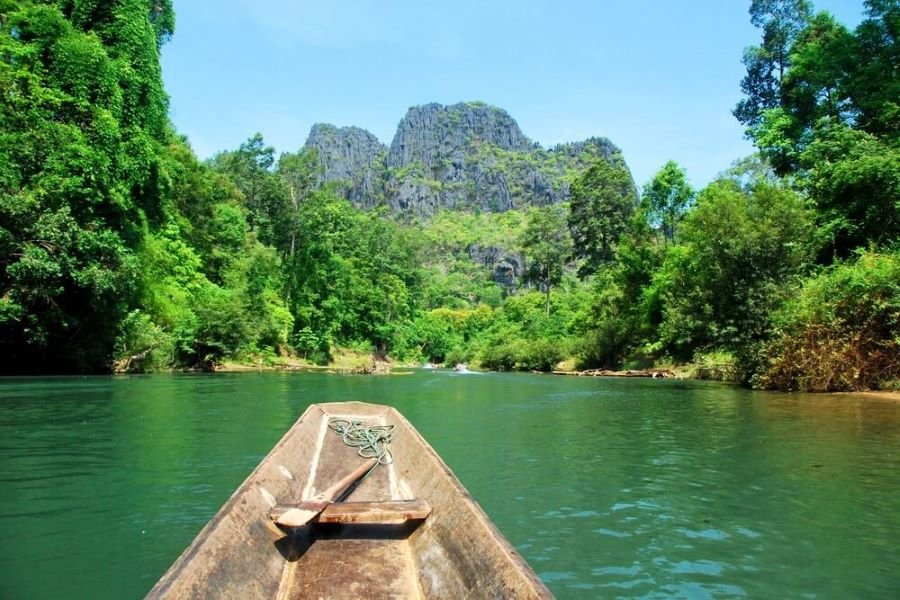
Final Words: Why Bokeo Is Worth the Trip
Bokeo offers something rare in today’s world—authenticity. It’s not about luxury or crowds, but about quiet moments, wild landscapes, and cultural depth.
Whether you’re:
- Sleeping in the treetops on the Gibbon Experience
- Exploring traditional villages where time-honored customs still thrive
- Hiking through untouched jungle filled with rare wildlife
…Bokeo invites you to slow down and truly connect—with nature, with people, and with yourself.
For curious, respectful travelers, it’s not just a stop on the map—it’s a place where real, lasting memories are made.

